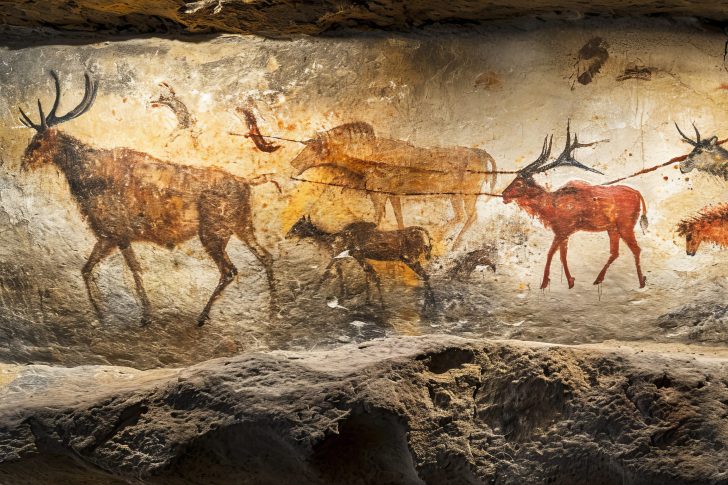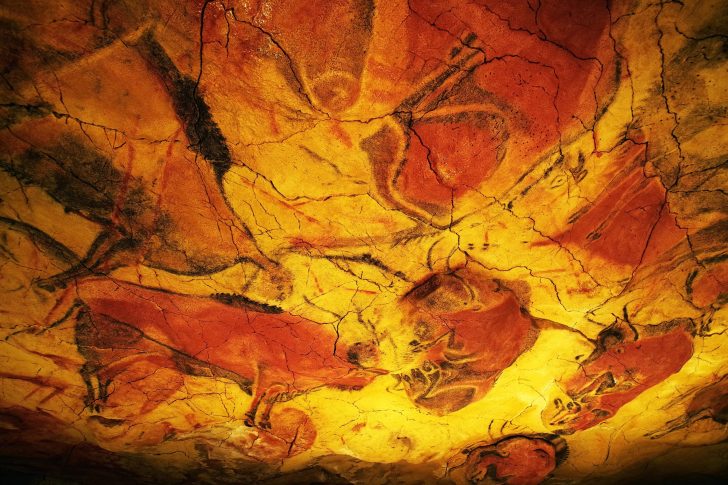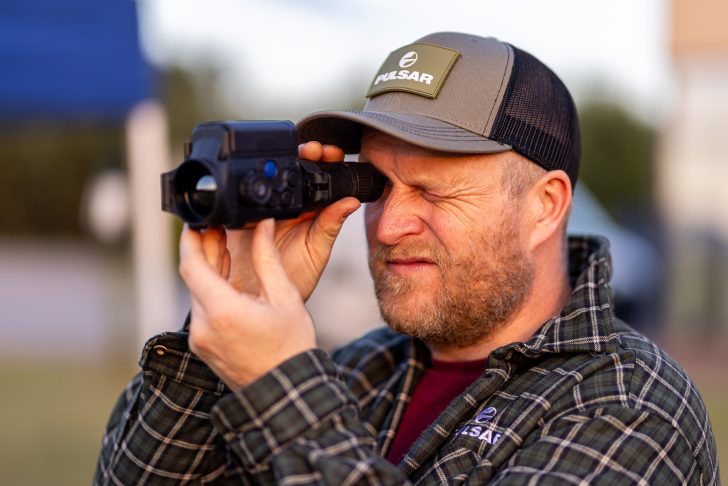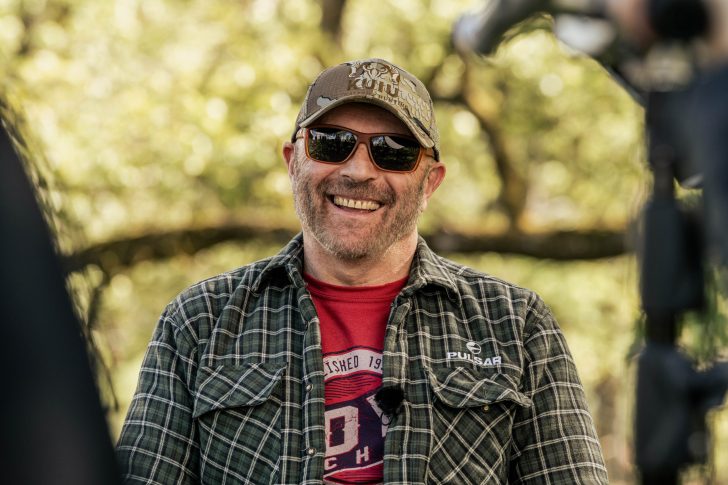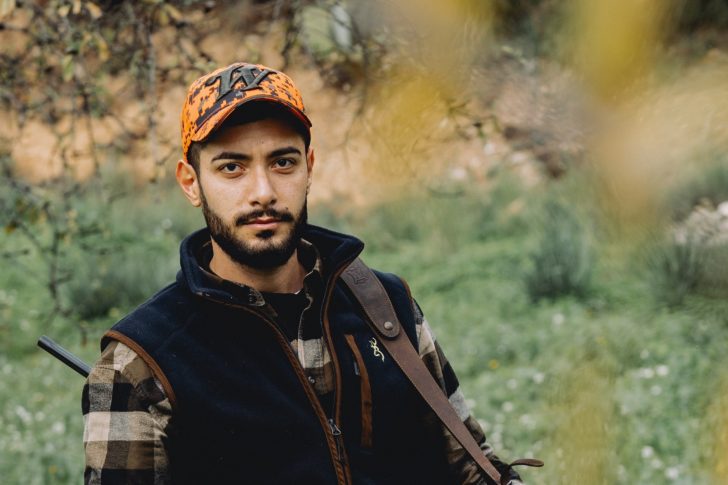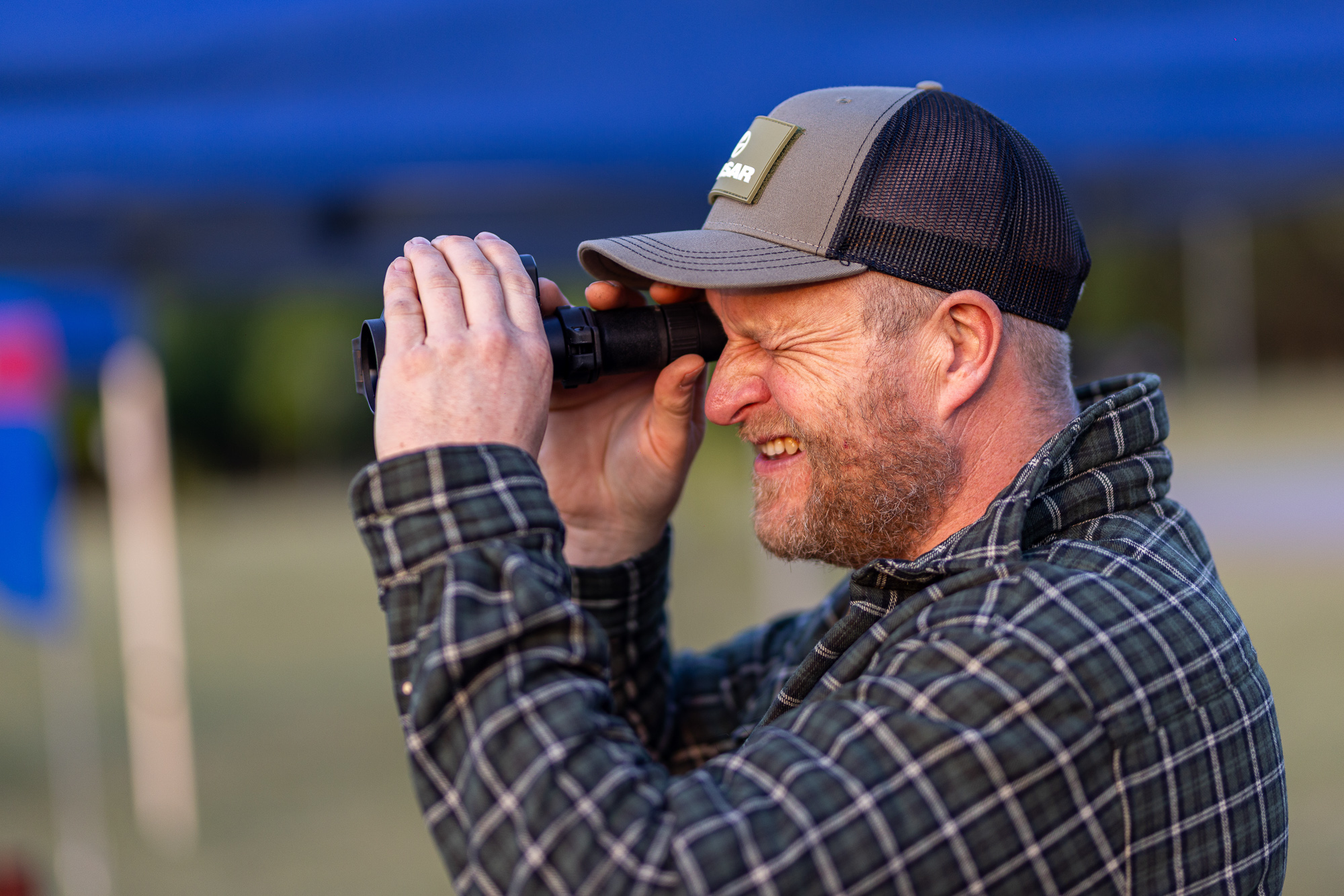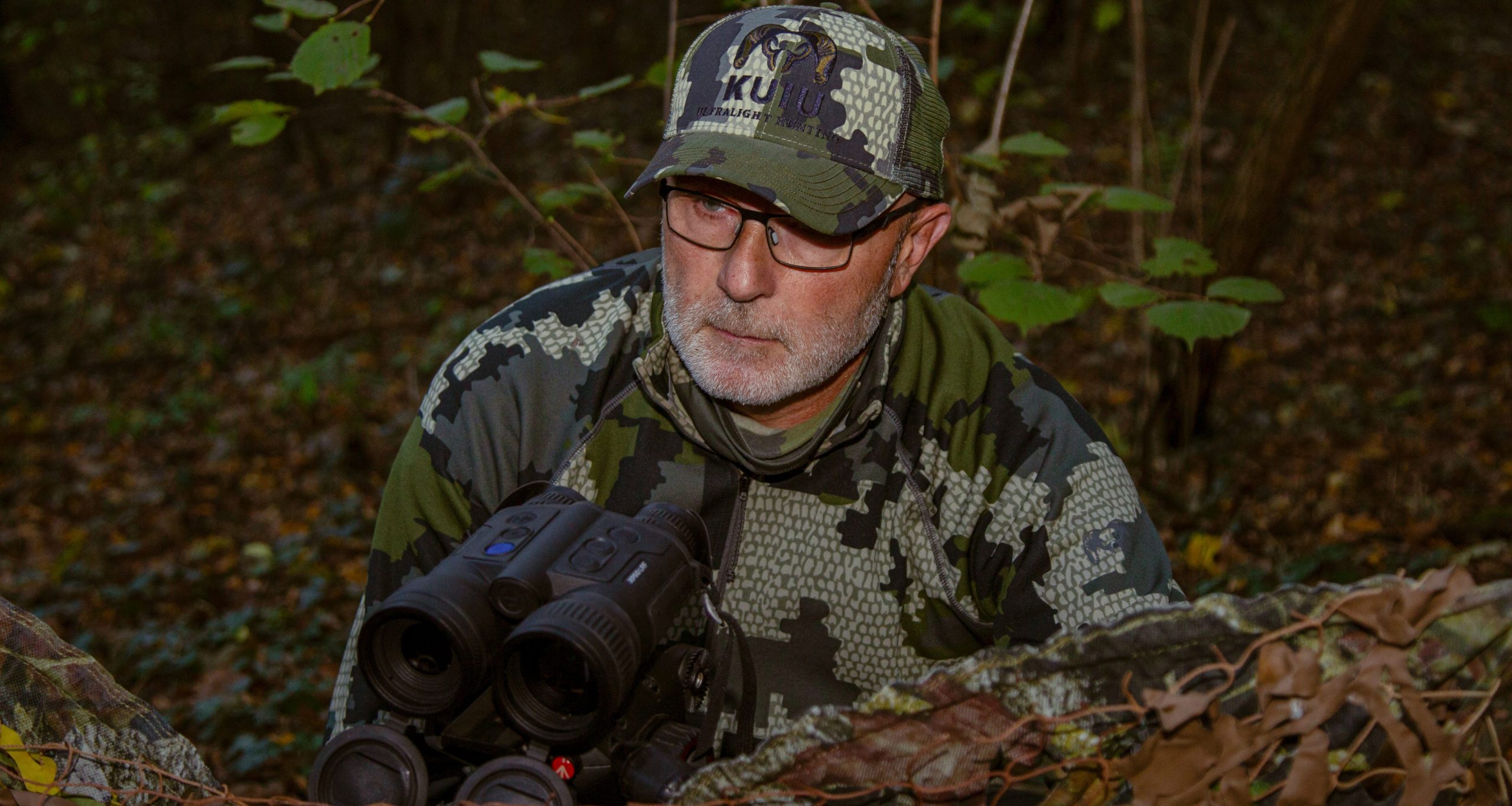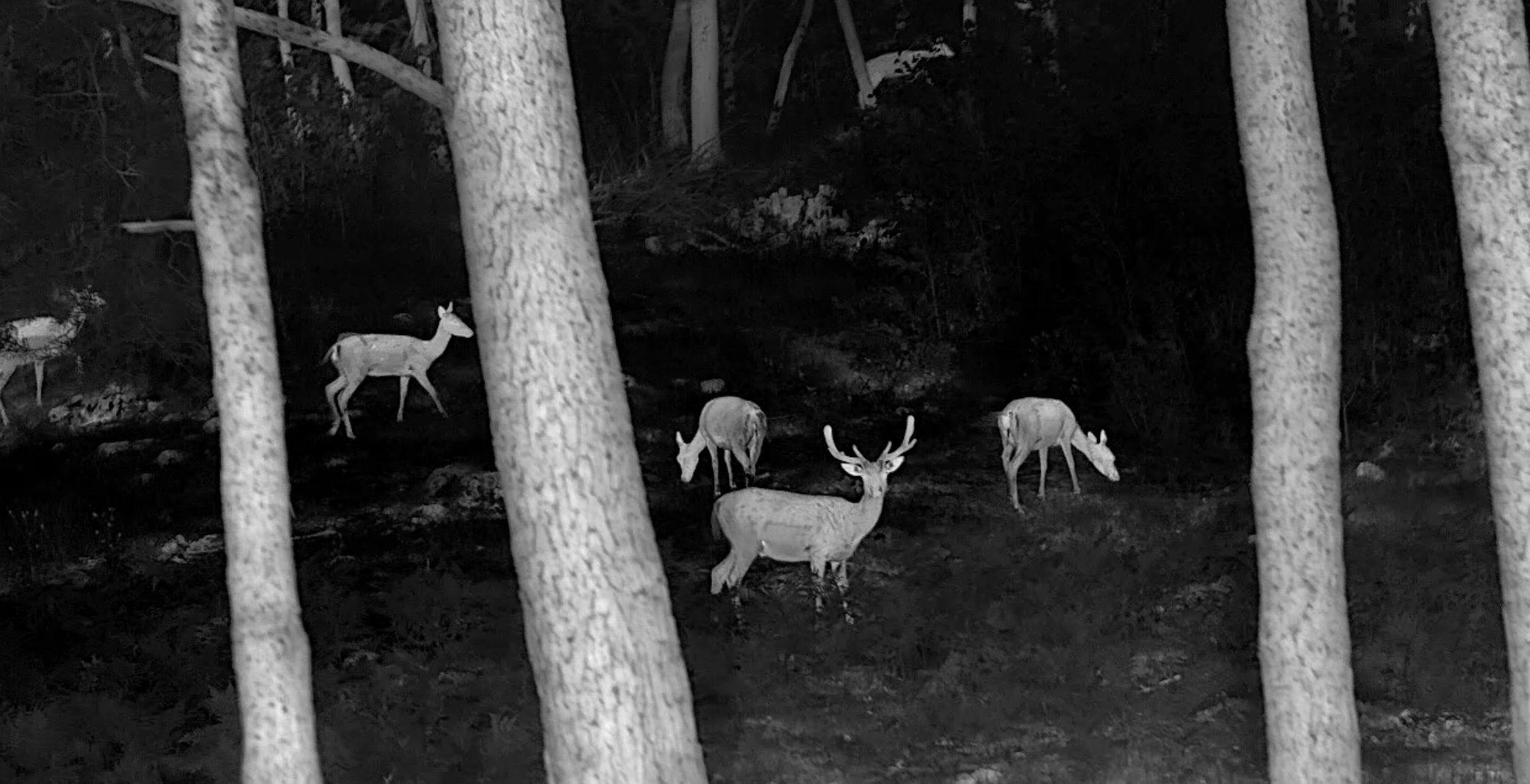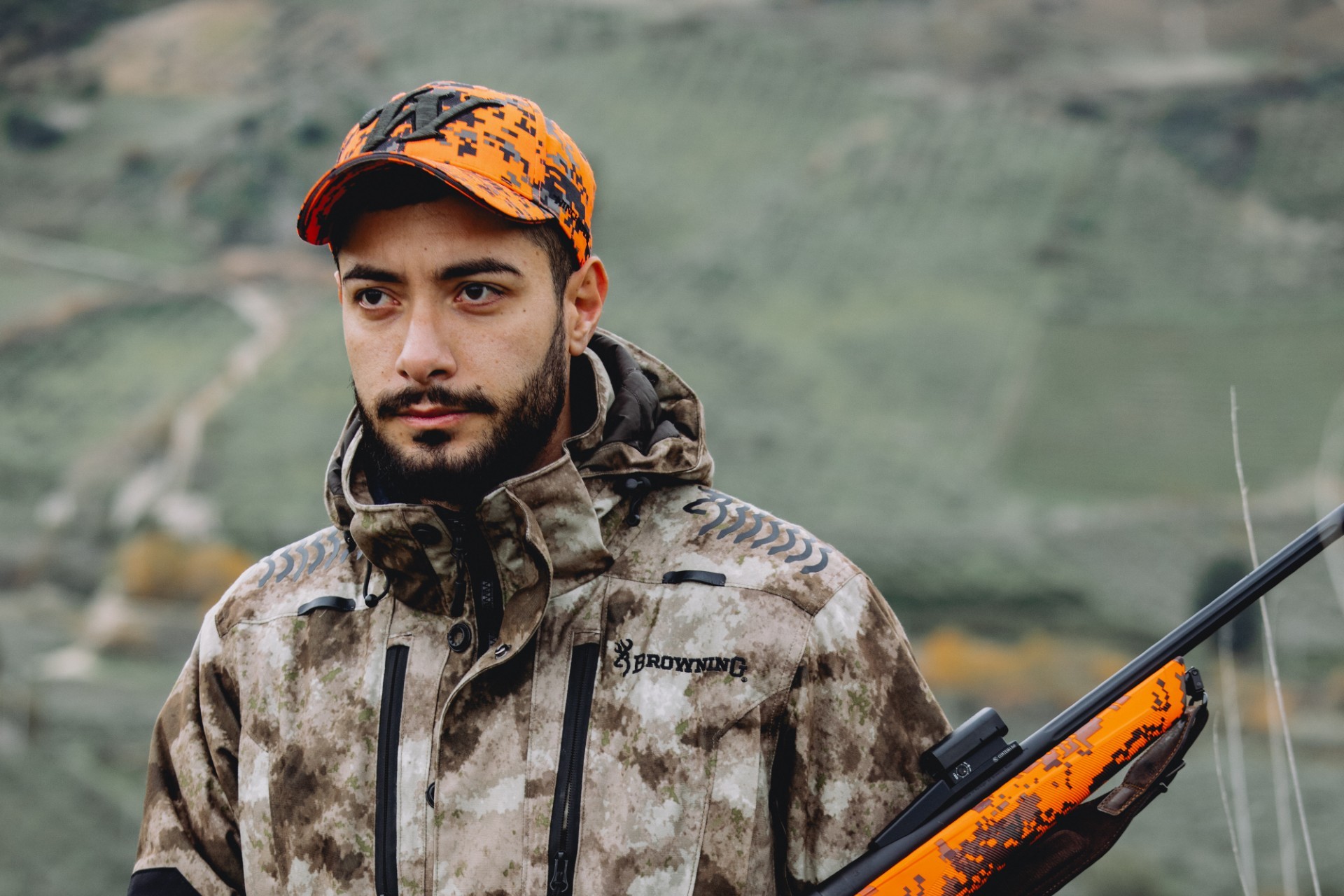Expert Contributor:
Peter Gibbon, Riccardo Tamburini, Vito Cortese
Hunting has been part of human life since the Stone Age. Long before farming or agriculture, people relied on the hunt not only for food but also for survival in every sense. Game provided clothing, blankets, and materials for tools and weapons – antlers, bones, and teeth were shaped into items that carried both function and meaning.
Evidence of this can still be seen today in Stone Age cave drawings in France and Spain, dating back as far as 20,000 BC. These images show how deeply hunting was tied to human culture. Over thousands of years, it evolved from a basic necessity into a tradition, a regulated practice, and even an art form. The urge to hunt is deeply rooted in our genes, but what has changed is the role it plays in society.
- Lascaux, France
- Altamira, Spain
This is also where the idea of “trophies” begins. In the past, nothing from the animal was wasted. Antlers, skulls, teeth, and hides were kept as reminders, not ornaments. They were relics of survival, symbols of respect for the animal and the life it provided.
The word “trophy” itself can be misleading. For many outside the hunting community, it carries connotations of vanity or ego. Hunters, however, perceive it quite differently. Many believe that “relics” is a far more fitting term. These are kept not out of pride, but as enduring reminders of responsibility and as symbols through which hunters honor and remember meaningful moments with reverence.
Seen this way, trophies are not about showing off – they are a continuation of history. Just as our ancestors used antlers and bones as tools for survival, today hunters keep trophies as memories, symbols of respect, and signs of healthy game populations that prove sustainable hunting practices.
We spoke with hunters about what trophies mean to them, how thermal devices are shaping modern traditions, and why the story behind a trophy matters just as much as the trophy itself.
- Peter Gibbon
- Riccardo Tamburini
- Vito Cortese
What does the word “trophy” really mean?
Peter Gibbon from North East Scotland shared: “I’ve never been particularly fond of the word ‘trophy.’ To me, it feels more meaningful to call it a memory – a physical reminder of an experience that shaped me. When it comes to gear like thermal imaging, I think it absolutely has its place, especially in certain situations where observation and ethical decision-making are key.”
For Riccardo Tamburini, a hunter from Italy, the word also connects directly to memory and storytelling: “Trophy means memory and the possibility to share a story with my friends who come to my home. Thermal devices plays an important role in my ‘Memory Room’ because today I can hunt at night just as precisely, accurately, and safely as during the day.”
And for Vito Cortese from Sicily, the word should always carry respect:
“Trophy, unfortunately, is a very often misunderstood word. I see more and more frequently photos filled with ‘trophies,’ which become an indistinct, confusing series of dead animals. For me, the word trophy should include within it the word ethics, respect, devotion to hunting, a discipline as beautiful as it is sophisticated.”
To me, it feels more meaningful to call it a memory – a physical reminder of an experience that shaped me.
Peter Gibbon
Why have trophies always mattered?
Across cultures and generations, trophies have always been more than decorations. They hold meaning, they spark conversation, and they preserve memory.
As Peter Gibbon explained: “Throughout history, hunting trophies have served as more than just decorations – they’re a way to tell stories. They show others who the hunter is, what they’ve experienced, and often act as conversation starters about the hunt itself. A set of antlers or a photo on the wall can bring back every detail of the day.”
Riccardo also sees them as important cultural markers: “The trophy exhibition helps the hunters and the Wildlife Dept to better understand the evolution of a species over the years in a specific area. It’s very important. Also, from a cultural point of view, trophies tell a lot about the hunting habits of the people of a country during its history. In my memory room, together with the trophy, there is always a picture that shows the context more clearly. Thermal devices play an important role because through that picture, shot by night, I’m able to explain where and how I got that trophy.”
Vito put it simply: “As in any self-respecting memorial, the trophy is the symbol, the way to be able to remember the feats, effort and commitment put in to reach that goal.”
Family, tradition, and modern gear
For many hunters, the meaning of trophies is tied closely to family tradition. Riccardo shared: “For me, it’s a cultural and family tradition. My father used taxidermy to have a better memory of a particular hunt; I remember that I preferred to play with his trophies rather than with puppets or stuffed toys received from parents. He became crazy because I ran the risk of damaging them.”
I remember that I preferred to play with his trophies rather than with puppets or stuffed toys received from parents.
Riccardo Tamburini
Vito noted how thermal gear has even changed how trophies can be preserved: “The use of thermals has helped the taxidermist’s work a lot, an animal that is clearly visible even at night allows for a clean kill, in vital spots that do not compromise the taxidermist’s ability to prepare the animal as a trophy.”
Peter explained that for him, it wasn’t about trophies at all, but about food and connection: “For me, hunting wasn’t passed down as a trophy-focused tradition. It began simply as a means to provide food for the table. That’s still the core of why I hunt today. While I do have a few trophies – or rather, memories – each one carries a story I could sit and tell you in detail. As for modern gear, yes, I use it when necessary, but it hasn’t changed the essence of what hunting means to me. It’s still about connection to the land, the animal, and the moment.”
Has technology changed the meaning of trophies?
The rise of thermal imaging and other advanced tools has undeniably changed the hunting experience, but has it changed what trophies represent?
For Peter Gibbon, technology can sometimes distance him from the traditional spirit of the hunt:
“When I use technology like thermal, it feels more like I’m managing a task – almost like food production – rather than participating in a traditional hunt. In those cases, the focus shifts away from the experience and more toward efficiency. So yes, the meaning of a trophy does change. It becomes less about the memory and more about the result.”
Riccardo Tamburini described an evolution in his own perspective:
“At the beginning, I went hunting only for the trophy. Now, I also hunt to harvest the best quality meat. The thermal device is an incredible support to better understand which animals live in my hunting territory… Thanks to high-end thermal devices, with their different palettes and settings, I can see even the smallest details in a stag’s antlers. The same with the small trophy of a roe deer.”
Physical and digital memories
Trophies have always been physical – antlers, skulls, hides mounted as reminders of the hunt. But in today’s world, photos, videos, and thermal recordings are adding a digital layer to those memories.
For Peter Gibbon, nothing replaces the presence of a physical trophy: “There’s just something irreplaceable about a physical trophy – like a large set of red stag antlers mounted on the wall. Seeing that in person, people get an immediate sense of the animal’s scale, the challenge involved, and the story that goes with it.”
Riccardo Tamburini sees digital tools as a way to deepen the story rather than replace it: “More knowledge means more story behind a catch. In the past, hunters could rely only on their knowledge of the hunting territory.”
And for Vito Cortese, digital sharing has simply expanded the audience: “In my grandfather’s time, a trophy was only seen by a few people, from the inner circle of hunting friends. Today, on the other hand, a trophy can now reach every corner of the world, shared from the moment before the shot until the goal is reached.”
Today, on the other hand, a trophy can now reach every corner of the world, shared from the moment before the shot until the goal is reached.
Vito Cortese
Redefining what makes a trophy meaningful
Today, thermal vision is more than just a tool – it’s a way to honor the hunt, the animal, and the tradition. As Riccardo Tamburini explains, “Thermal vision plays an important role in getting a trophy. Through it, we can see in the dark, completely unseen; during nighttime, animals are calm and quiet, allowing us to gather incredible information about sex, age, trophy quality, numbers, health, and habits.” Thermal imaging enables more ethical and informed decisions, though hunters caution against letting technology replace the personal connection with the land and the hunt.
Together, these insights show that thermal vision doesn’t diminish the meaning of a trophy – it enhances it, helping hunters earn their memories responsibly, precisely, and with respect for both tradition and wildlife.
